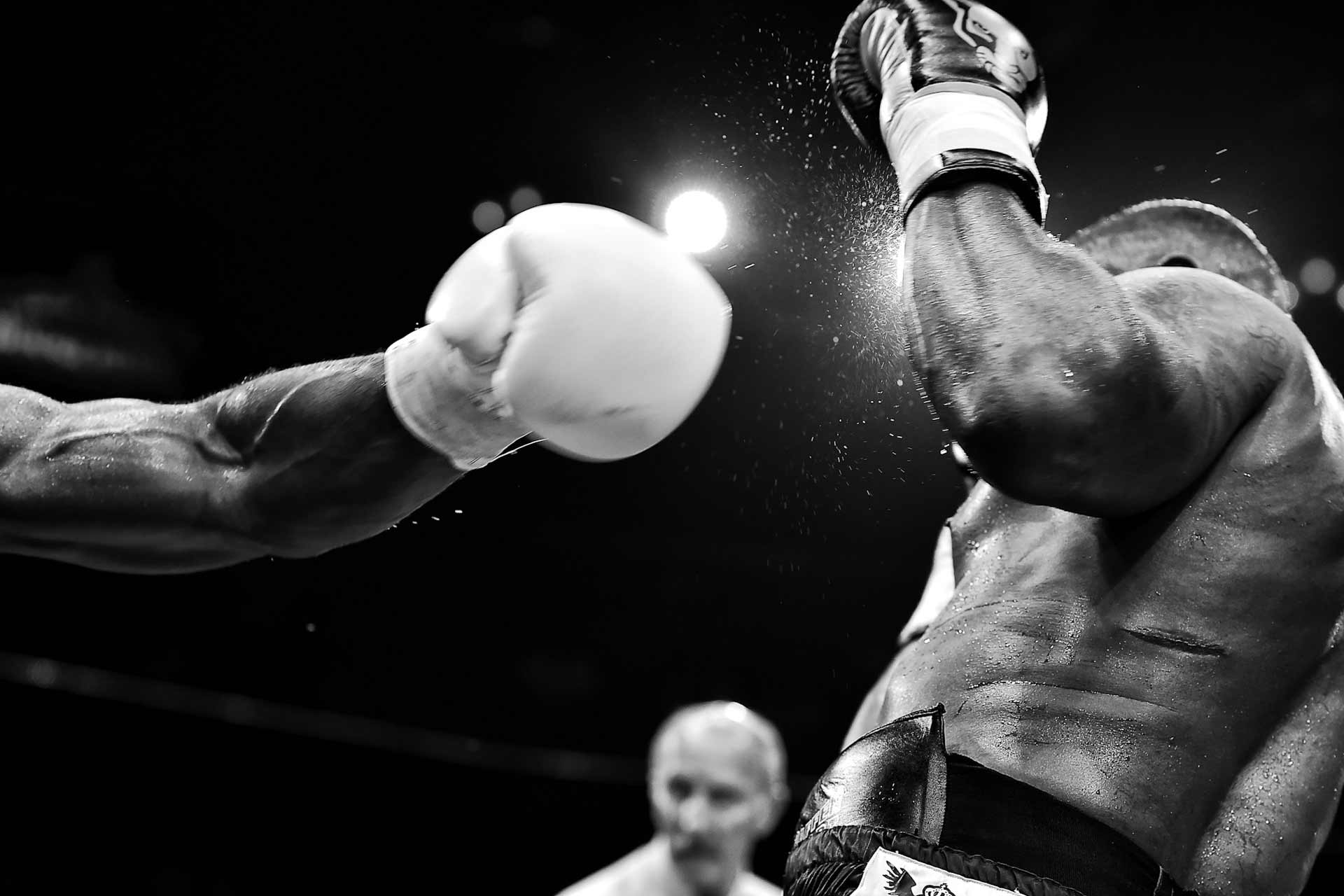Many environmental organizations face the challenge of creating compelling stories that truly resonate and drive fundraising success. If you're anything like our clients before working with us, you're probably frustrated that your fundraising videos are good but lack that emotional impact.
Table of Contents
- Common Storytelling Mistakes, Especially In Fundraising Stories
- The Biggest Mistake: Picking a Great Speaker Who Lacks Emotional Depth
- How to Improve Nonprofit Stories that Inspire Donors to Give
- Conducting Pre-interviewing to Discover A Person's Desire, Motivation, and Uniqueness.
- Fundraising Video Examples
- Inspire Through Emotion and Structure
Common Storytelling Mistakes, Especially In Fundraising Stories
Pick any gala that features a video story; you'll see these mistakes. I know because we've made these mistakes before at BairStories. Therefore, I can tell you what to avoid in nonprofit video storytelling.
Redundancy
- Repeating the same idea weakens the story. Say it once, powerfully, and move on.
- Quick Fix: Edit ruthlessly. Every sentence should add new value or move the story forward.
Vague Information
- Vague descriptions like "I made plans to change my life" don’t resonate.
- Quick Fix: Use vivid details. For example, "I saved money," say, "I saved $10,000 over five months by working three jobs."
Stuffing Video with Organizational Details
- Too much focus on logistics can overshadow the participant’s story.
- Quick Fix: Weave your organization’s impact naturally into the narrative. For example: “[blank] helped me find a place near my daughter’s school and furnished it with everything I needed.”
Focusing Too Much on Facts and Stats
- Facts and stats are important, but relying on them chokes your story and makes it feel impersonal.
- Quick Fix: Share key stats as reinforcement, typically at the end of your video.
For example: “Over 1,000 families found housing last year, including Maria, who had been living in her car with her two children.”
Avoiding Conflict and Challenge:
- Skipping over struggles makes success feel less impactful.
- Quick Fix: Show the obstacles a character faces.

The Biggest Mistake: Picking a Great Speaker Who Lacks Emotional Depth
I've repeatedly seen nonprofits choose someone because "they have a great story." However, that great story doesn't translate on screen.
Why?
The person lacked the big three: strong desire, motivation, and uniqueness.
- Desire: What does the person want beyond their current situation?
Example: Dakiya’s dream to start a cosmetology business makes her story aspirational.
- Motivation: Why do they want it?
Example: Lain’s journey to break free from societal and family pressures gives their story emotional depth.
- Uniqueness: What sets them apart?
Example: Davianna’s love for music and art adds a memorable personal layer.
These elements are crucial for connecting with your audience on a deeper level and making your fundraising video effective. Not only are donors informed, but they are also inspired.
When your story lacks emotional depth, it fails to engage your audience, leading to uninspiring video storytelling. Generic stories that don’t captivate the heart cause your audience to tune out.
Your storytelling shouldn't be why your donors stop giving after a year.
How to Improve Nonprofit Stories that Inspire Donors to Give
Crafting fundraising videos that inspire donors requires a focus on three key elements:
- compelling characters
- engaging structure
- and a clear connection to your mission.
Start by choosing the right person for your stories. Focus on their desire, motivation, and uniqueness. Then, structure your story using the 6 Essential Plot Points to keep your donors engaged.
- Hook: Start with a moment of vulnerability or conflict.
- Conflict: Highlight the key challenges the person faced, like struggling to find stability or fight for independence.
- Initiation: Show the turning point when they decided to take control of their future.
- Journey: Share moments of progress (wins), setbacks (wipeouts), or extraordinary events (wild).
- Outcome: Celebrate how they overcame challenges, such as securing housing or starting a business.
- Jab: End with a memorable takeaway or call to action.
Make sure to tie their success back to your nonprofit’s impact. Use their voice to show how your nonprofit helped them. Your fundraising video stories will engage, inspire, and drive action when you balance character, mission, and structure.
Conducting Pre-interviewing to Discover A Person's Desire, Motivation, and Uniqueness.

By pre-interviewing potential people for your story, you can discover individuals with a strong desire tied to your cause, a clear motivation for involvement, and a unique perspective that sets them apart.
This approach allows you to craft a narrative that resonates with the audience, leaving a lasting impression and inspiring them to take action in your fundraising video.
Fundraising Video Examples
Rippl of Cars / Environmental Initiative
At BairStories, we created a program mini-doc for Environmental Initiative. This mini doc-brand film explores the interconnectedness of cars, clean air, and community economic opportunities while highlighting the collaborative relationship between Environmental Initiative and Cars for Neighbors.
Find A Way / NeuAbility
The team at Reservoir produced this story for NeuAbility, which provides fitness and wellness support for paralysis.
Old Skool Cafe
My storytelling mentors, Still Motion and Muse Storytelling, created a pro bono film highlighting Old Skool Cafe, a youth-run supper club in San Francisco’s toughest neighborhoods. The film inspired donors, encouraged diners, and expanded the cafe’s visibility, including coverage on CNN.
Inspire Through Emotion and Structure
When crafting fundraising videos, aim for authenticity, specificity, and structure.
Every person’s journey is unique, but how it’s told determines how deeply it resonates. The most significant way to put the right people on camera is to identify characters with desire, motivation, and uniqueness.
After all, the goal is to connect with your audience, right?
Your nonprofit can craft narratives that inform and inspire action by avoiding common pitfalls and focusing on what makes stories human.
Take the next step and learn how to conduct pre-interviews to determine desires, motivation, and uniqueness for your next fundraising video.
Related Articles
Sources
OpenAI’s ChatGPT and Grammarly were used for revisions and feedback.

